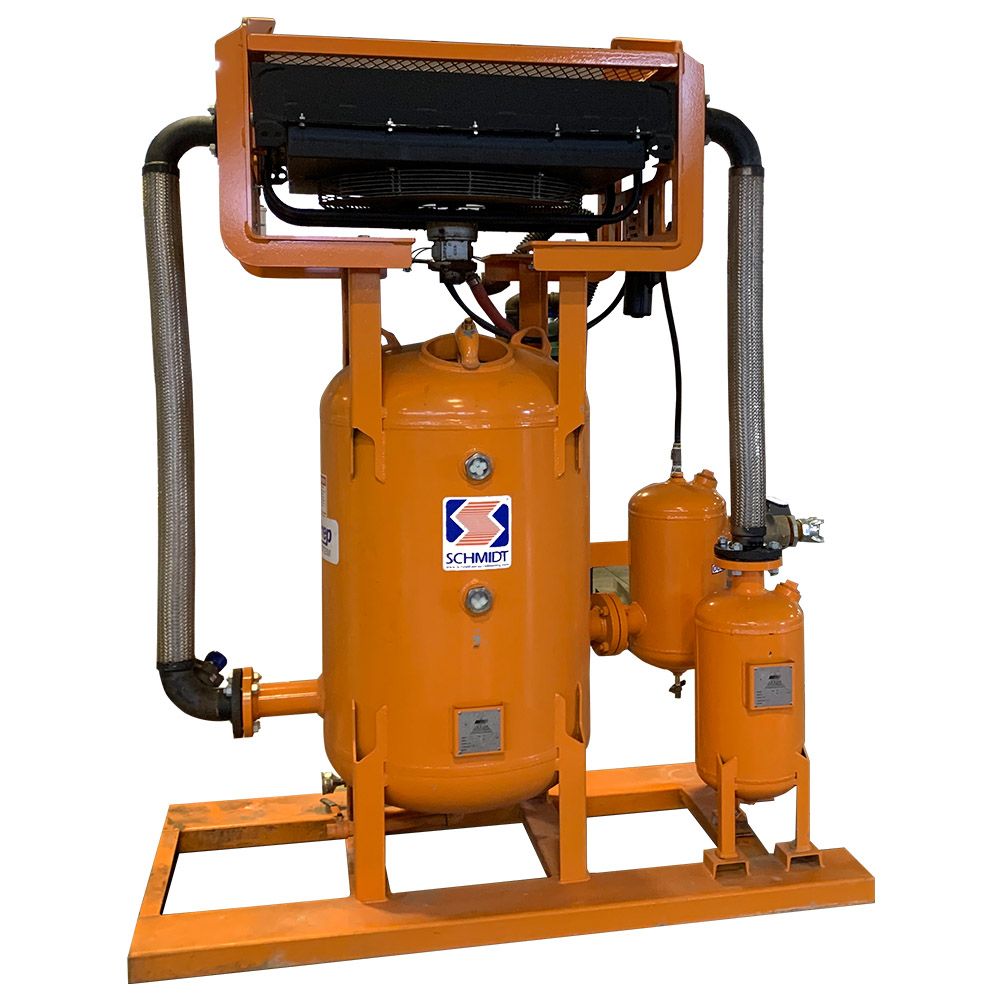For this Tunnel restoration, Conjet’s versatility was the key to success!
THE PROBLEM
When a large crack was observed in the Northwest Cornell Road Tunnel in Portland, Oregon an in-depth field assessment and subsequent geotechnical engineering report was done. The recommendation was concrete strengthening and re-lining for both Cornell Road Tunnels to prevent structural failure and minimise the future permeability of harmful contaminants. The existing concrete was estimated to have an average strength of 5,500 psi (40 MPa) but varied widely depending on the area.
THE RECOMMENDATION
The subcontractor’s recommended solution of hydrodemolition was awarded based on its impressive track record and fast projected timeline using Conjet ACR robots. They subcontractor was confident that, using the Conjet Robot 557 MPA, it could outperform other contractors that would attempt to complete the concrete demolition with jackhammers and breakers.


THE REQUIREMENT
Tunnel 1’s project specifications called for a 14 ft wide x 2 in deep (4.3 m x 5.1 cm) strip to be removed at its crown for the entire length of 500 feet (152.4 m). The removed concrete would be replaced with Shotcrete to seal and preserve the Tunnel’s rebar reinforcement beneath the surface.
Tunnel 2 had experienced more severe deterioration than Tunnel 1 over the years. As a result, the project engineers initially planned to use hydrodemolition to cut 12 in wide x 12 in deep (30 cm x 30 cm) ribs every 7 feet for increased structural stability. In addition, the plan called for the top 2 inches of the entire overhead area and vertical walls, totaling 14,000 ft2 (1,300 m2) to be removed and replaced with new concrete. Finally, in Tunnel 2 a new mat of #3 rebar would be added to the entire removed surface area, covered with mesh, and filled with Shotcrete. The #3 rebar mat would create a new reinforcement system to replace the original rebar which was damaged by the concrete deterioration and resulting permeability.
THE CHALLENGE
When the equipment was mobilised and began removing the concrete, tunnel 1 demolition operations went quickly and according to plan.
When the subcontractor began operating the Conjet 557 in Tunnel 2, it was discovered that not only was the concrete extremely deteriorated, the thickness was also very inconsistent, ranging anywhere from 8 to 24 inches (20-61 cm) depending on the location. As a result, the original plan to cut 12 inches (30 cm) deep and place new concrete to form structural ribs had to be abandoned.
Rather than installing ribs, the engineering team decided to pivot to a new structural strengthening approach that involved cutting thicker, 6 in deep x 10 ft long (15 cm x 30 m) panel sections. Each panel section would have a reinforcing mat of high-strength #6 rebar. To maintain structural integrity during this process, each panel section would need to be cut to the proper depth, replaced with rebar and concrete, and cured before work could begin on the next section.
THE RESULTS
Using the ConjetONE control system, the subcontractor was able to easily adjust the parameters of the Conjet 557 MPA to cut at different speeds across the cutting head, ensuring a 6 inch (15 cm) deep removal, even across the curved crown of the Tunnel. The contractor team then came back in and installed new rebar and mesh, filling in the new reinforcement system with Shotcrete.
The revised construction plan was executed successfully, and the concrete repairs were completed. The Project Superintendent stated, “In view of the unexpected challenges, we are extremely pleased with the outcome of the Cornell Tunnel restoration project. The subcontractor exceeded our expectations with respect to the concrete removal work. The hydrodemolition process provides an incredibly efficient, high-quality removal that is perfect for applying a new concrete overlay which will extend the useful lives of these tunnels for many years to come. Hydrodemolition was the only way to go for this work. It was far superior to any other methods we could have used for the concrete removal.”
The Cornell Tunnel restoration project is a great example of how skilled contractors and engineers can deploy cutting-edge hydrodemolition equipment to preserve vital concrete infrastructure, regardless of the unexpected challenges that may arise in the process.
CASE STUDIES
Contact BlastOne
We love to talk to customers and help them make the best decisions when purchasing equipment.
You can reach us via our Live Chat, Email, Phone, and Online Form.
 My Account
My Account











